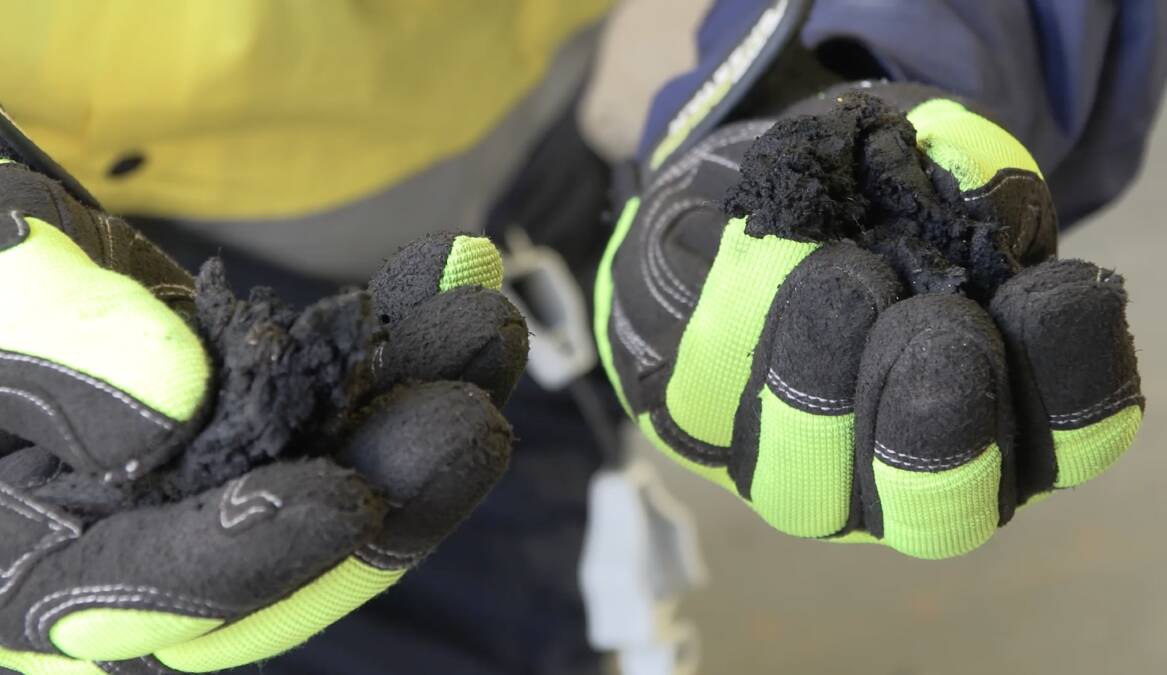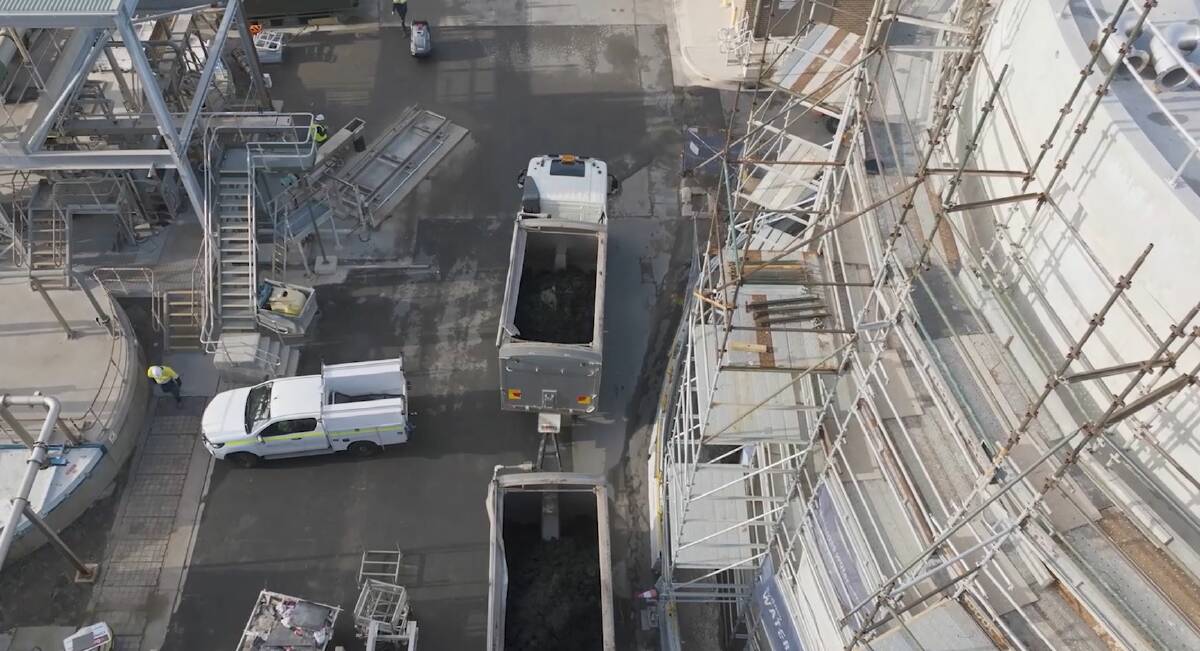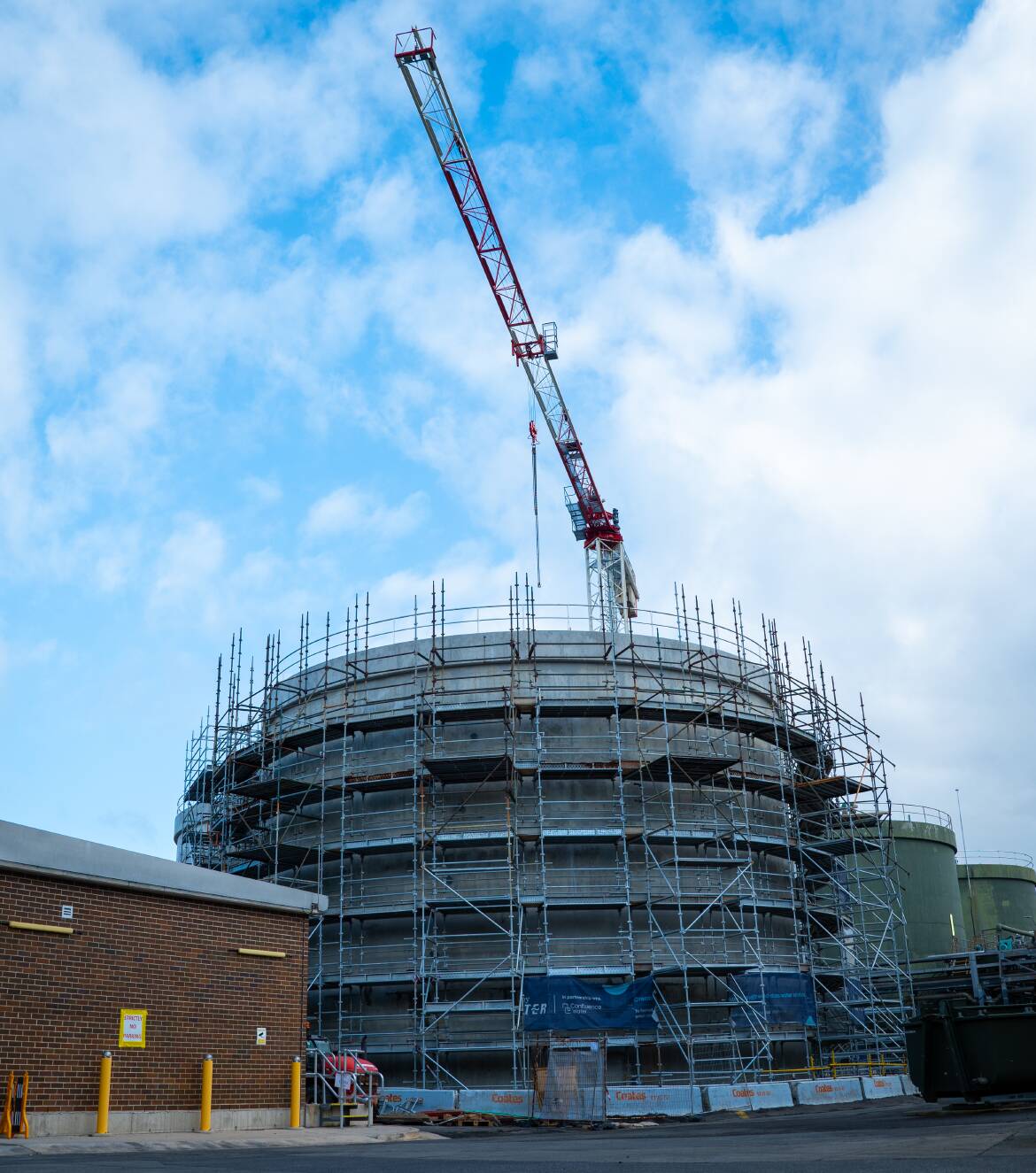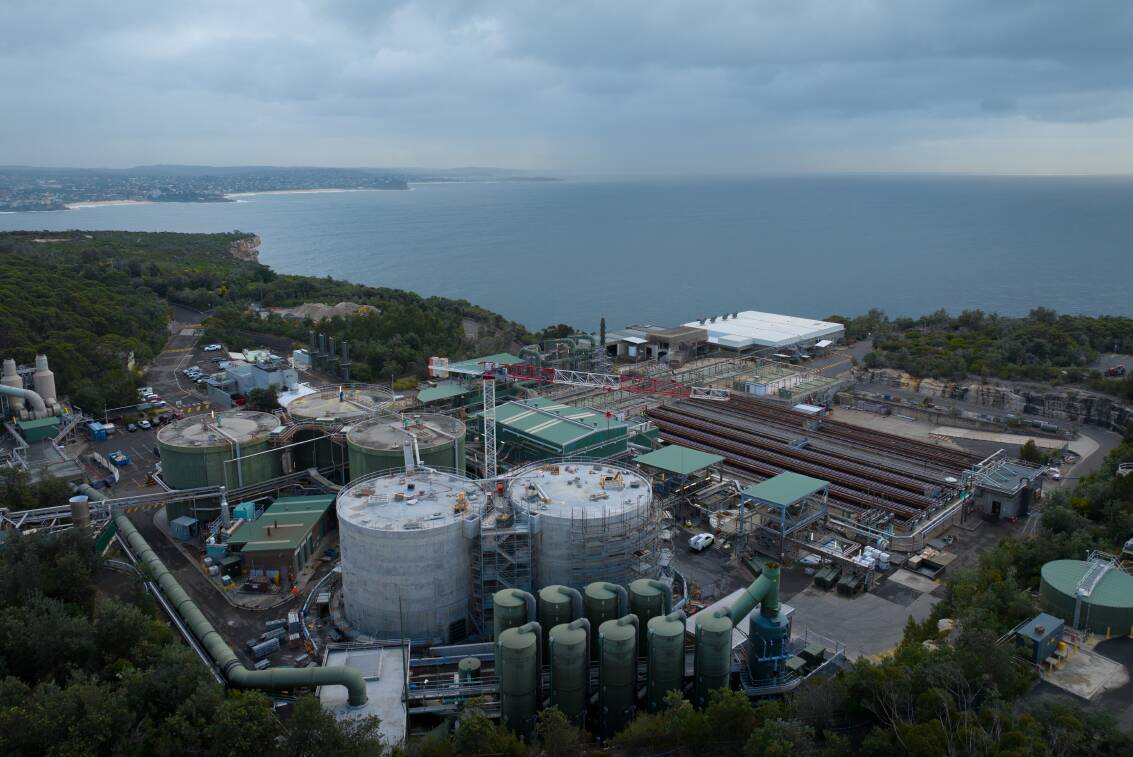Thousands more tonnes of biosolids will be used in the rehabilitation of Hunter mine sites courtesy of an upgrade of Sydney's North Head Water Resource Recovery Facility.
The plant provides wastewater facilities for a million Sydneysiders who live between Seven Hills in the west, Yagoona in the south and Ku-ring-gai and Collaroy in the north.
The $94 million upgrade project has reached a key milestone with the installation of two digesters, which will almost double the plant's sludge digestion capacity.





Sydney Water produces about 180,000 tonnes of biosolids per year, which are used for compost in mine rehabilitation and to grow forests for the production of chipboard in rural NSW.
"Currently 56 per cent of biosolids are directly applied to farmland in Western NSW, 29 per cent are used in the forestry market and 15 per cent are composted before being land applied to farms or used in the land rehabilitation of mine sites in the Hunter Valley," Sydney Water contracts specialist Graham Keating said.
Although composted biosolids are ultimately land applied, the direct land application of biosolids to farms and forestry is better in terms of carbon neutrality.
Sydney Water senior process engineer Matt Wood said the upgrades were an important step in ensuring biosolids were kept out of landfill.
"We proudly produce biosolids to help reduce society's environmental footprint and restore and improve soils throughout NSW," he said.
"Sydney Water has beneficially reused 100 per cent of its biosolids for over 20 years. Not only does this avoid sending them to landfill or out to sea, but their organic, nutrient, and microbial content makes them ideal for rejuvenating soils and improving the land's ability to sequester carbon."

Almost 45 per cent of the North Head Water Resource Recovery Facility's energy needs come from renewable sources.
The facility features a hydroelectric generator. The treated wastewater falls down a long drop shaft on its way to the deep-water ocean outfall.
The falling water has enough kinetic energy to drive a water-powered generator, producing hydroelectricity.
The facility also uses cogeneration to meet some of its energy needs.
Methane gas (biogas) is captured from the anaerobic digesters and used to power a combustion engine that drives an electricity generator and produces heat to supply the plant's process heating requirements.
Upgrades to the North Head WRRF are due for completion by late 2024.







